Premium Only Content
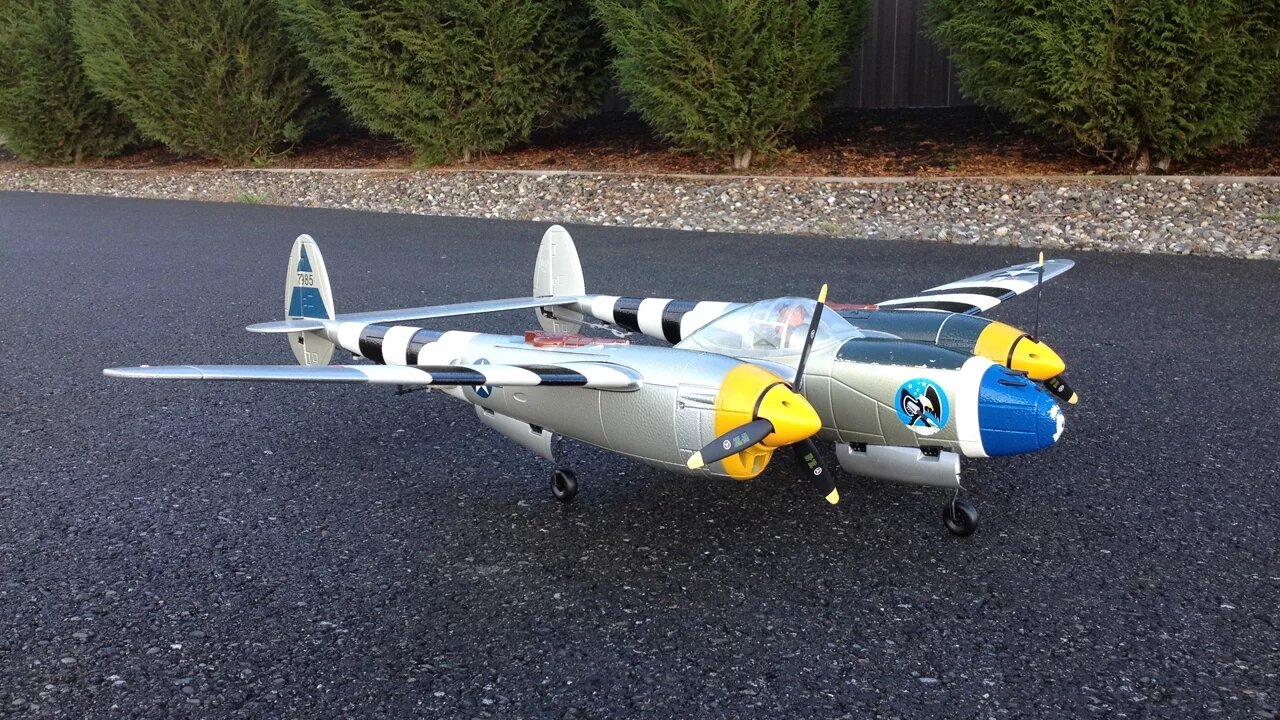
Banana Hobby J-Power P-38 Lightning WWII Warbird RC Plane
Here is another fun video with John showing us what his Banana Hobby J-Power P-38 Lightning WWII Warbird RC Plane.
In this video you will see nice low slow passes along with various tricks and additional surprises with this P-38 Parkflyer sold by Banana Hobby. They are a weird company because they have different brands selling the same plane, so I could have just as easily said this is a Blitzrcworks P-38 Warbird.
The funny this about this plane is we weren't sure at first if it was an FMS P-38 or a JPower P-38, but now we know it is a JPower RC Plane. It certainly isn't footage you would see on the video game War Thunder. This a a real RC Plane :)
If you want to see more of John, check out his channel using the link below:
https://www.youtube.com/user/JohnVH541
Here is some history on this plane:
The Lockheed P-38 Lightning was a World War II American fighter aircraft built by Lockheed. Developed to a United States Army Air Corps requirement, the P-38 had distinctive twin booms and a single, central nacelle containing the cockpit and armament. Named "fork-tailed devil" (der Gabelschwanz-Teufel) by the Luftwaffe and "two planes, one pilot" (2飛行機、1パイロット Ni hikōki, ippairotto?) by the Japanese,[6] the P-38 was used in a number of roles, including dive bombing, level bombing, ground-attack, night fighting, photo reconnaissance missions,[7] and extensively as a long-range escort fighter when equipped with drop tanks under its wings.
The P-38 was used most successfully in the Pacific Theater of Operations and the China-Burma-India Theater of Operations as the mount of America's top aces, Richard Bong (40 victories) and Thomas McGuire (38 victories). In the South West Pacific theater, the P-38 was the primary long-range fighter of United States Army Air Forces until the appearance of large numbers of P-51D Mustangs toward the end of the war.[8][9]
The P-38 was unusually quiet for a fighter, the exhaust muffled by the turbo-superchargers. It was extremely forgiving, and could be mishandled in many ways, but the rate of roll in the early versions was too slow for it to excel as a dogfighter.[10] The P-38 was the only American fighter aircraft in production throughout American involvement in the war, from Pearl Harbor to Victory over Japan Day at the end of WW2.
The famed aviator Charles Lindbergh toured the South Pacific as a civilian contractor for United Aircraft Corporation, comparing and evaluating performance of single- and twin-engined fighters for Vought. He worked to improve range and load limits of the Vought F4U Corsair, flying both routine and combat strafing missions in Corsairs alongside Marine pilots.
Everywhere Lindbergh went in the South Pacific, he was accorded the normal preferential treatment of a visiting colonel, although he had resigned his Air Corps Reserve colonel's commission three years before. In Hollandia, Lindbergh attached himself to the 475th FG, flying P-38s. Although new to the aircraft, Lindbergh was instrumental in extending the range of the P-38 through improved throttle settings, or engine-leaning techniques, notably by reducing engine speed to 1,600 rpm, setting the carburetors for auto-lean and flying at 185 mph (298 km/h) indicated airspeed which reduced fuel consumption to 70 gal/h, about 2.6 mpg. This combination of settings had been considered dangerous and would upset the fuel mixture, causing an explosion.[102]
-
 6:44
6:44
GBLynden's RC
1 year agoTim's Modded FMS Pitts V2 1400mm RC Biplane
212 -
 LIVE
LIVE
Lofi Girl
2 years agolofi hip hop radio 📚 - beats to relax/study to
711 watching -
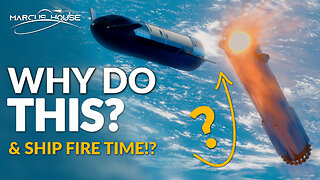 22:50
22:50
marcushouse
1 day ago $0.26 earnedStarship Tech Update Reveal, and Fire Time Already!? 🔥
5384 -
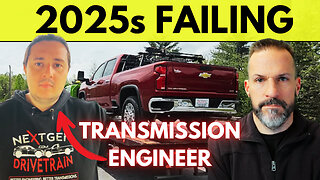 53:17
53:17
The Car Guy Online
20 hours ago $0.06 earnedNextGen Engineer Reveals How GM Is Quietly Fixing 10-Speed Problems.
1.68K -
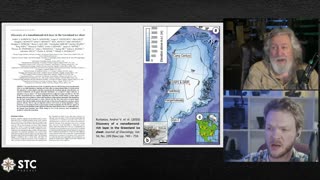 1:26:10
1:26:10
Squaring The Circle, A Randall Carlson Podcast
22 hours ago#057 What REALLY Happened During The Younger Dryas - Squaring The Circle
1.57K2 -
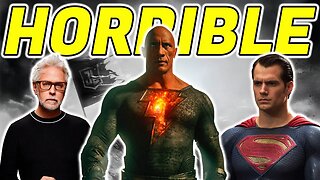 14:53
14:53
Degenerate Jay
1 day agoThe Henry Cavill Superman Return - James Gunn Was Blindsided?
2.15K2 -
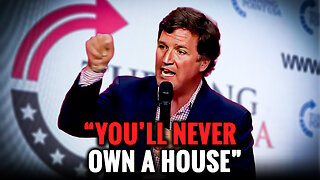 9:02
9:02
Freedom Frontline
1 day agoTucker Carlson Just EXPOSED Why You’ll Never Own a Home Again
1.47K -
 1:01:28
1:01:28
Wendy Bell Radio
4 hours agoWeekends With Wendy
30K41 -
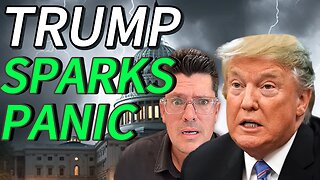 20:18
20:18
Stephen Gardner
17 hours ago🔥Trump's SECRET Epstein Briefing EXPLAINED! Alex Jones & Roger Stone EXPOSE IT ALL!!
19.9K68 -
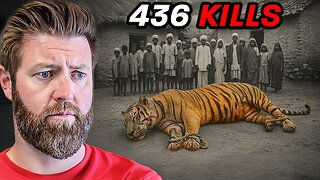 16:24
16:24
Forrest Galante
11 hours ago6 Deadliest Man Eaters to Ever Exist
79.6K16